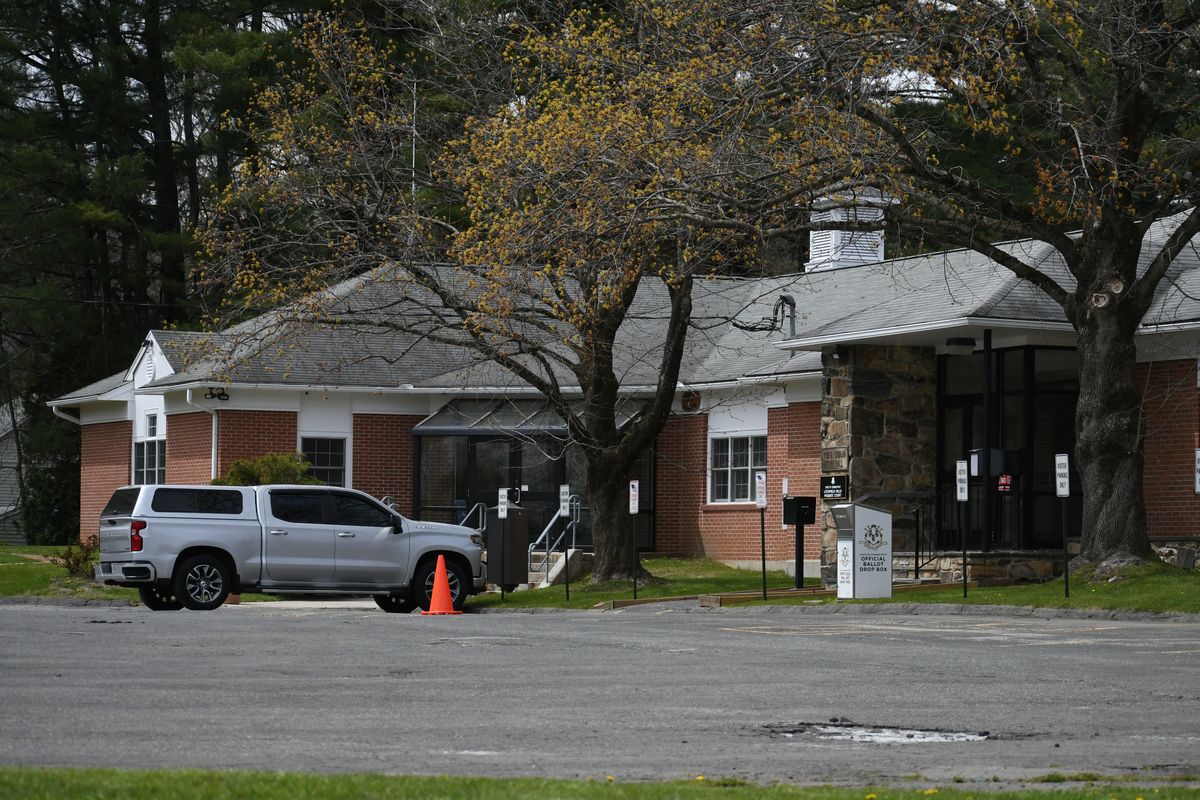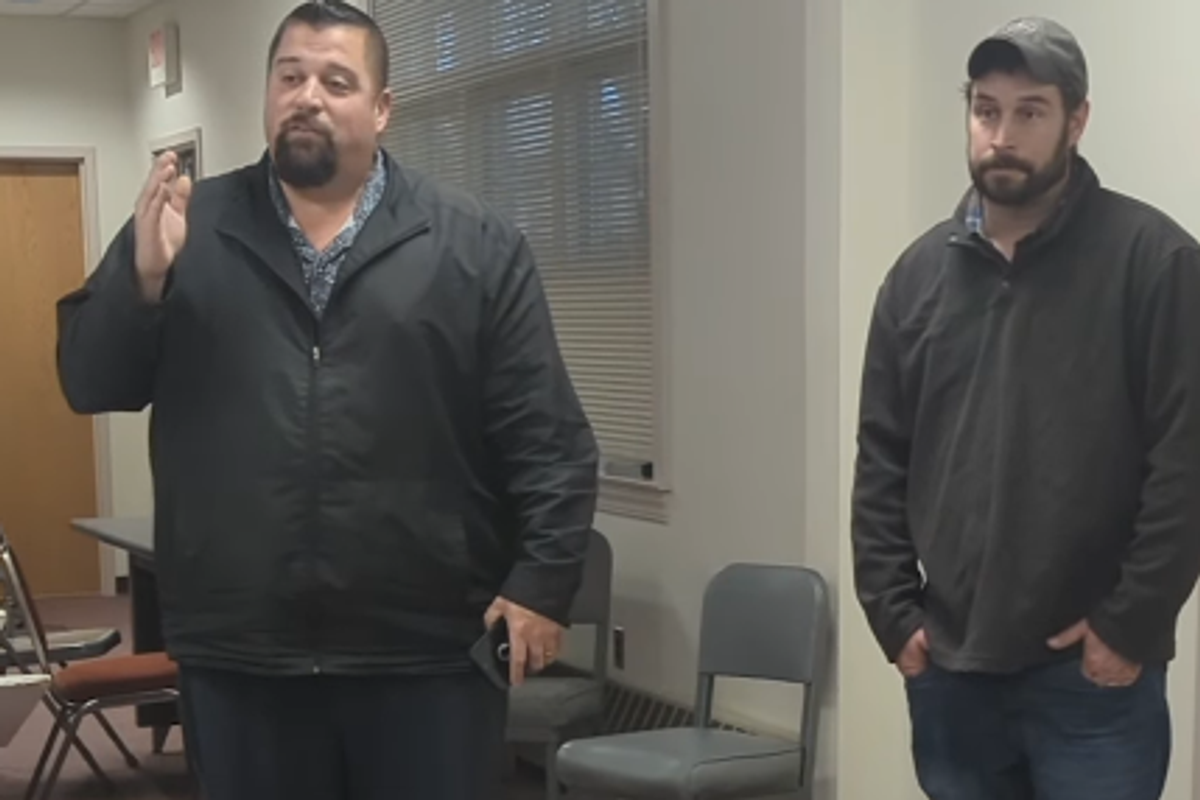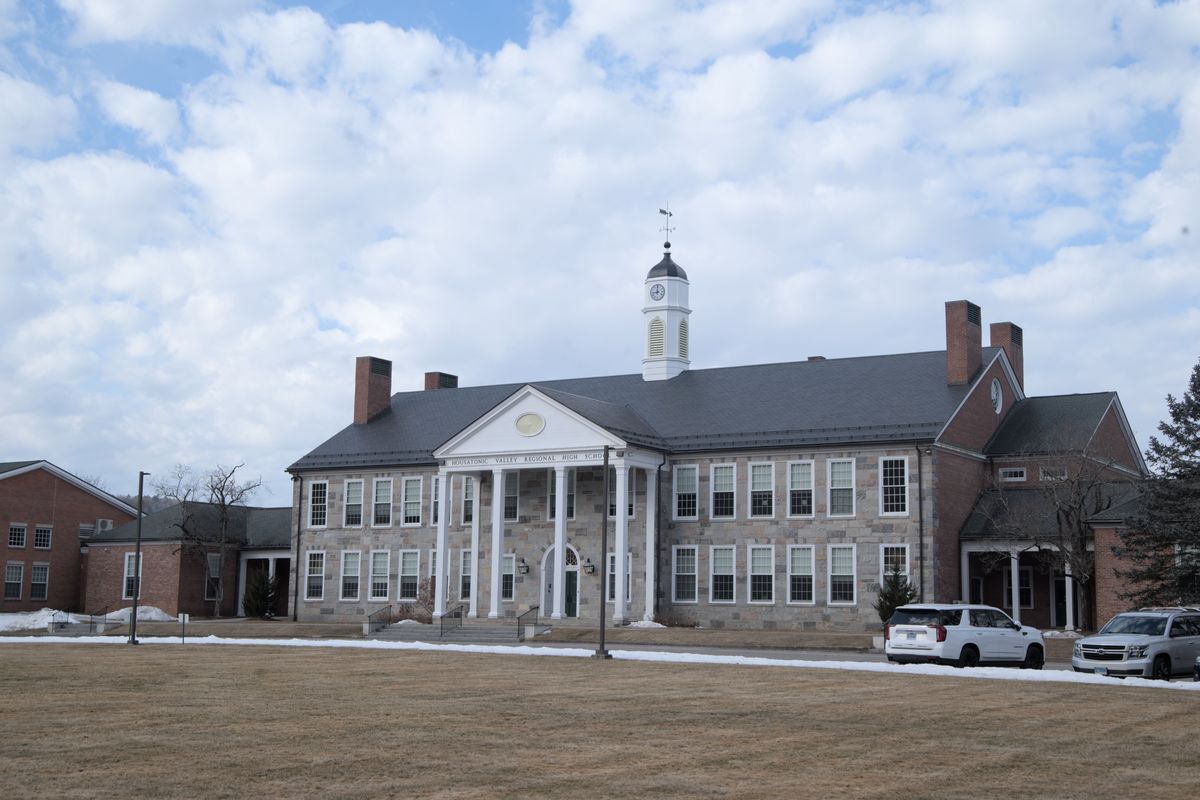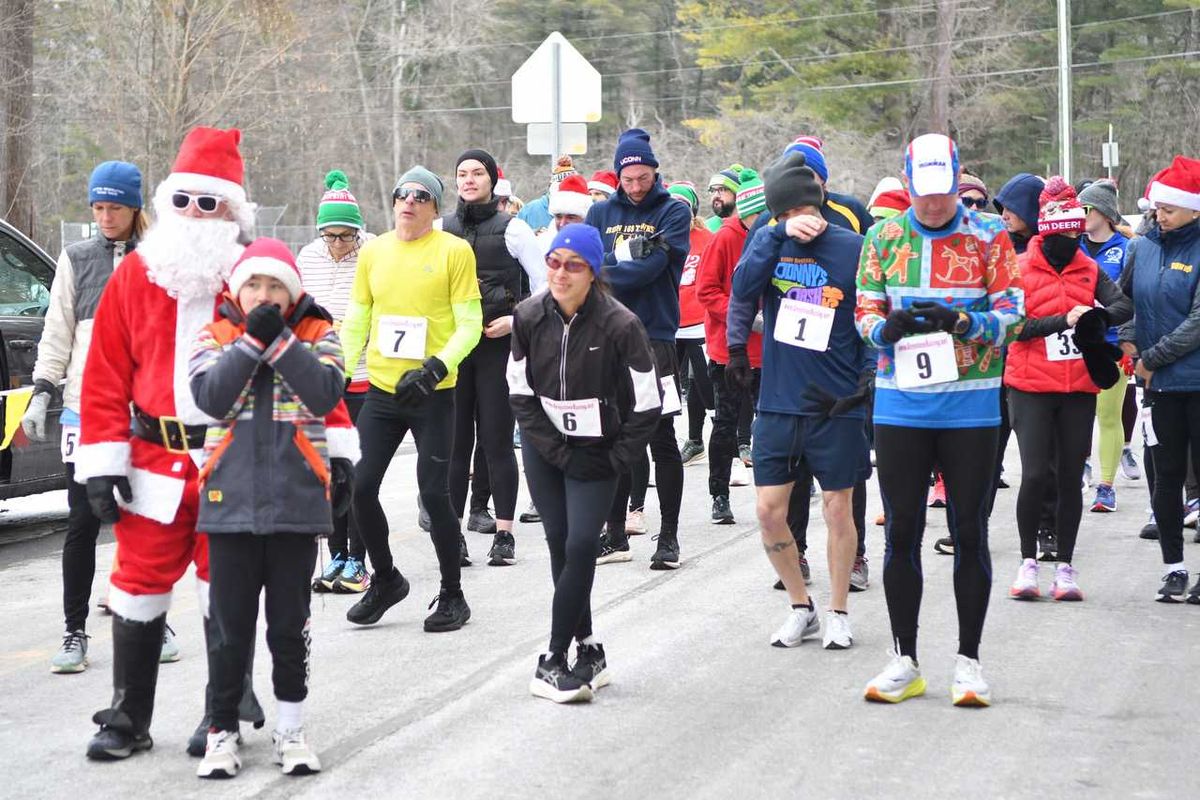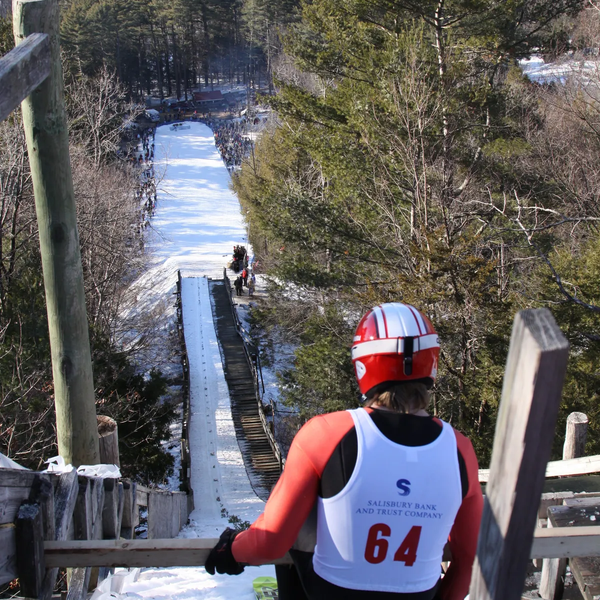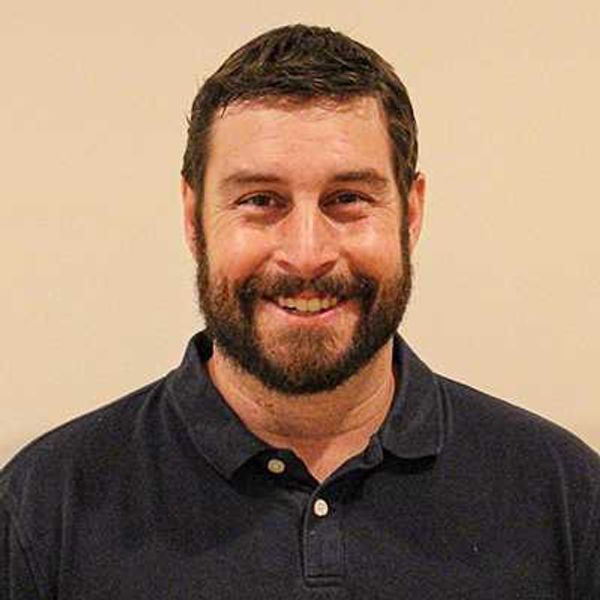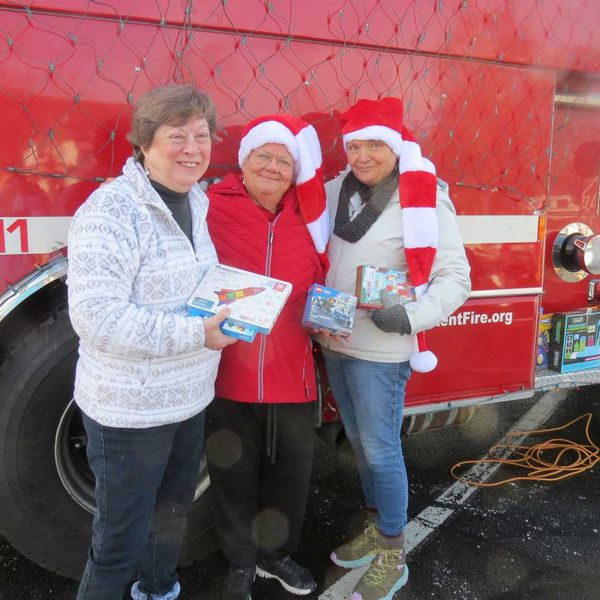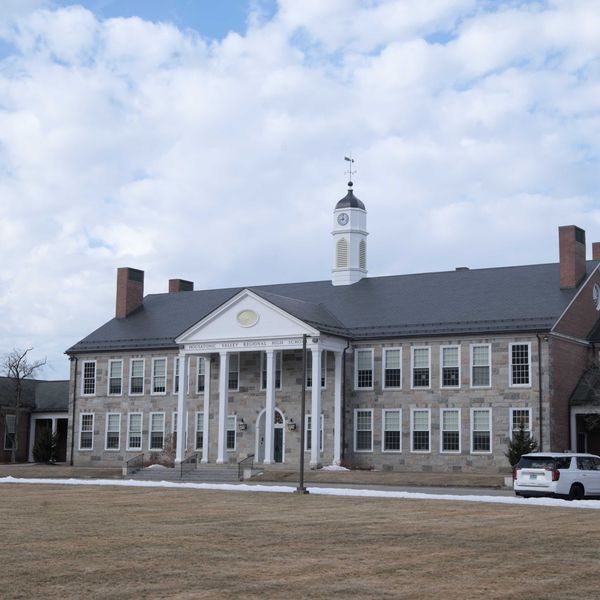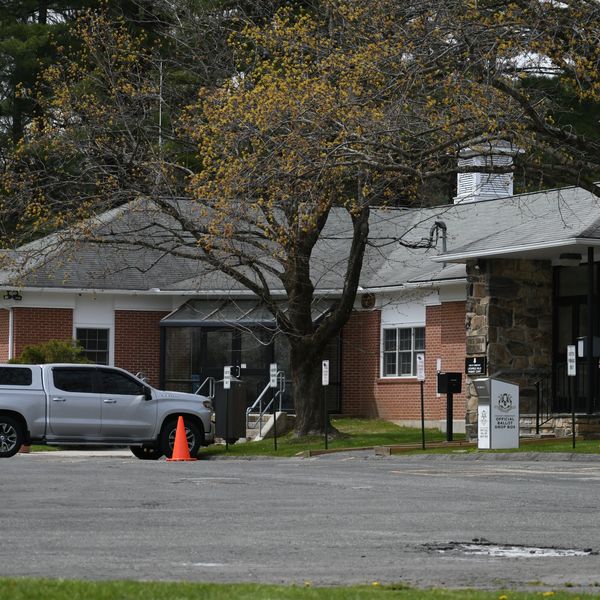Latest News
North Canaan Town Hall.
Photo by Riley Klein
NORTH CANAAN — After months away from Town Hall amid what she described as a “toxic” work environment, North Canaan Town Clerk Jean Jacquier has returned to the clerk’s office to complete the remainder of her term, which by law runs through Jan. 5 following her victory in the 2023 election.
Asked whether she felt comfortable being back, she was clear. “I certainly am,” Jacquier said. “I have nothing to hide, nothing to be ashamed of.”
She has worked in the town clerk’s office for more than three decades, beginning as assistant town clerk in 1993 before becoming town clerk in 2017. “I love that job,” Jacquier said. “I know everybody.”
Her return follows an extended period of conflict at Town Hall that began in early 2024, when then–First Selectman Brian Ohler filed a complaint with the state attorney general alleging misconduct. The investigation found evidence of misconduct but did not result in disciplinary action. It did recommend procedural changes.
In February 2025, Jacquier walked out of her office, citing ongoing conflicts with Ohler and an employee in the town’s Building Office. Her departure came within a week after a judge ruled she was not eligible for reimbursement of legal fees accrued in the investigation.
Jacquier said she attempted to return over the summer and fall. She arrived to find the locks had been changed and she was ordered out of Town Hall by state troopers.
Jacquier said her return was made possible after newly elected First Selectman Jesse Bunce and the Board of Finance reinstated her pay and asked whether she would like to finish her term.
“They reached out to me,” Jacquier said. “They asked me if I would like to finish my term. And I said, absolutely.”
Jacquier is now working alongside Krysti Segalla, who recently began serving as assistant town clerk and will assume the role of town clerk on Jan. 6, following her election victory in November.
Jacquier said the two share a long-standing personal connection and work well together.
“I’ve known her since she was a baby,” Jacquier said. “We get along wonderfully. It’s been great.”
During her remaining weeks in office, Jacquier said her focus is on completing the daily work of the clerk’s office and assisting with the transition.
“Whatever comes through that office that needs to be done, between Krysti and I, we do it,” she said. “Hopefully, it’s helping her learn a little bit more about the job. It takes years to learn.”
Jacquier said she is not seeking another town position after her term ends. Asked what she hopes to accomplish in her final weeks in office, Jacquier said her goal is simple.
“Nothing, in particular,” she said. “Just finishing my term.”
Keep ReadingShow less
Brian Ohler, left, and Jesse Bunce await the results of the Nov. 10 recount for first selectman in North Canaan. Bunce won by two votes.
Photo by Riley Klein
NORTH CANAAN — About 100 residents attended North Canaan’s Board of Selectmen meeting Monday night — with more than 40 joining remotely and roughly 60 filling the meeting room — marking Jesse Bunce’s first such meeting since being elected first selectman.
Bunce, who took office from Brian Ohler following last month’s close election, acknowledged that the transition has included some early bumps and thanked town officials and staff for their work during a period he said has not been without challenges. “I’d like to thank Brian for all the efforts that he’s put in in this transition,” Bunce said at the meeting. “This process has not been perfect. We are working through it all.”
Among the challenges cited in recent weeks was a disruption in town communications after Bunce was unable to gain access to the town’s official government Facebook page during the transition. Ohler said technical issues prevented him from transferring administrative control of the page– and it was deleted. A new Facebook page was launched on Dec. 10, which has about 350 followers.
Ohler, who was seated beside Bunce at the meeting, continues to serve as a selectman. Bunce said newly elected officials have been settling into their roles and highlighted several town employees for their work during the transition. He thanked Krysti Segalla, the incoming town clerk, noting that her office has seen significant turnover in recent months.
“She’s been working really hard on her certifications and updating her office and cleaning up things,” Bunce said. “There’s been a lot of people in and out of that office over the last six or seven months, so there’s lots of loose ends. She’s doing a great job.”
Segalla will assume the role of town clerk on Jan. 6, having been elected to the position in November. She is currently serving as assistant town clerk under Jean Jacquier, whose term ends Jan. 5.
Bunce also praised Tax Collector Rebecca Mochak, saying residents have taken note of her professionalism, and Treasurer Melanie Neely for her efforts to build the framework needed to pursue additional grants for the town. He thanked Teri Aitken and Christian Allyn for helping during the transition period. Ohler later addressed attendees and offered public support for Bunce.
“It’s great to see everyone,” Ohler said. “I think we all need to commend Jesse on his first month taking over the reins of this town.”
Ohler acknowledged that political transitions can be difficult but said the board’s shared goal remains unchanged.
“The common denominator is we just want what is best for the town, and that’s it,” Ohler said. “It’s pretty black and white.”
He urged residents to focus on constructive dialogue and move past divisive or unproductive commentary. Ohler pledged his support for Bunce.
“You have my assurance. I will give you my full support when it is of benefit to the town,” he said. “We can have hard conversations. It will be professional. It will be based on substance, not rhetoric.”
Newly elected Selectman Melissa Pinardi, attending her first meeting since taking office, also addressed residents and reflected on her first month in the role.
“I’m honored to have been elected for the next two years,” Pinardi said. “I’m really excited to see what we all can do together.”
She thanked both Bunce and Ohler for their guidance as she learns the responsibilities of the position and echoed calls for a collaborative and forward-looking approach.
Keep ReadingShow less
Housatonic Valley Regional High School, where the price of school lunch will increase to $4.00 beginning Jan. 5.
Nathan Miller
FALLS VILLAGE -- School lunch prices will increase at select schools in Regional School District No. 1 beginning Jan. 5, 2026, following a deficit in the district’s food service account and rising food costs tied to federal meal compliance requirements.
District officials announced the changes in a letter to families dated Monday, Dec. 15, signed by Superintendent Melony Brady-Shanley and Business Manager Samuel J. Herrick
Under the new pricing, lunches at Lee H. Kellogg School and Cornwall Consolidated School will increase by 25 cents to $3.75, while lunches at Housatonic Valley Regional High School will rise by 50 cents to $4.00.
According to the district, the food service program depends on revenue from lunch sales as well as federal reimbursement. Increased food costs and compliance requirements contributed to the shortfall during the 2024–2025 fiscal year.
School lunch prices have remained unchanged since the 2019–2020 school year, prior to the COVID-19 pandemic. In the years that followed, the district used COVID-19 relief funds to allow students to receive lunches at no cost.
Families who believe they may qualify for free or reduced-price lunch may apply at any time during the school year. Applications are available online for Housatonic Valley Regional High School, Lee H. Kellogg School and Cornwall Consolidated School.
The lunch price increase applies only to these three District No. 1 schools, as Housatonic Valley Regional High School oversees the food service programs at Lee H. Kellogg School and Cornwall Consolidated School. Other schools in the district operate independent food service programs and are not affected.
Keep ReadingShow less
Runners line up at the starting line alongside Santa before the start of the 5th Annual North Canaan Santa Chase 5K on Saturday, Dec. 13.
By John Coston
NORTH CANAAN — Forty-eight runners braved frigid temperatures to participate in the 5th Annual North Canaan Santa Chase 5K Road Race on Saturday, Dec. 13.
Michael Mills, 45, of Goshen, led the pack with a time of 19 minutes, 15-seconds, averaging a 6:12-per-mile pace. Mills won the race for the third time and said he stays in shape by running with his daughter, a freshman at Lakeview High School in Litchfield.
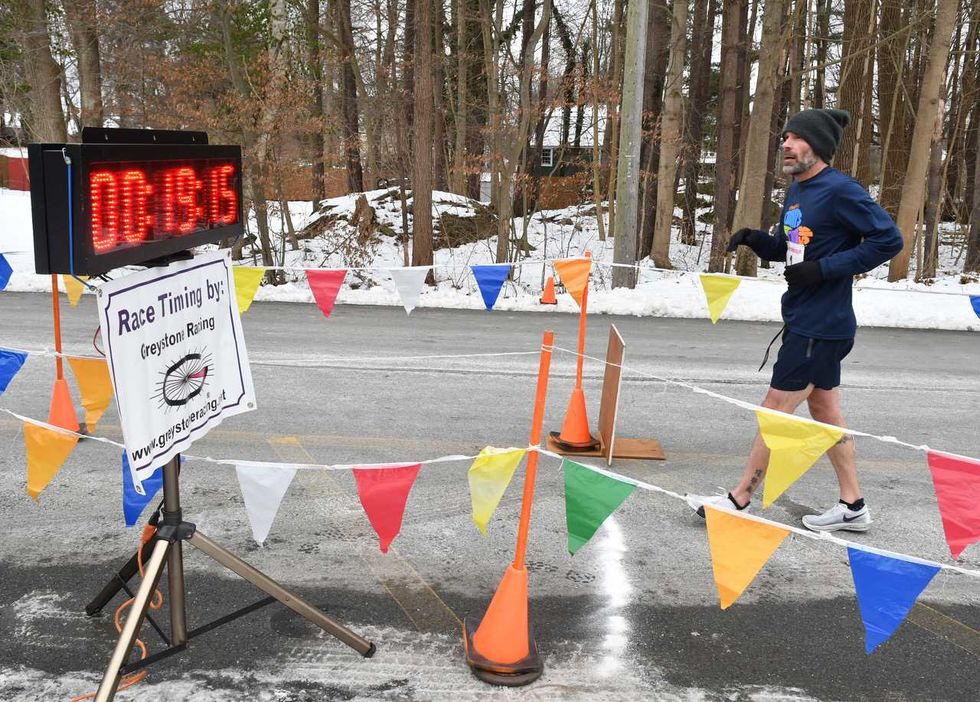
Don Green, 64, of Red Hook, New York, was second among male runners with a time of 21:17 and a 6:52-per-mile pace. Becky Wilkinson, 47, of Southfield, Massachusetts, was the first woman to cross the finish line with a time of 22:16, averaging a 7:11-per-mile pace. Wilkinson finished fourth overall.
Margaret Banker, 52, of Lakeville, finished second among women runners with a time of 23:59 and a 7:44-per-mile pace.
Runners came from all over Connecticut, Massachusetts and New York. One runner listed home as London, England. Many were members of the Run 169 Towns Society, a group that is dedicated to completing races in every one of Connecticut’s 169 towns. Elizabeth Smith, 32, of Manchester, a member of Run 169, said this was her 162nd town.
“I started 10 years ago,” Smith said. Her husband, Daniel, 33, has run races in 73 Connecticut towns, now including North Canaan. He was eager to know where to get a good cup of coffee after the race.
Santa, who got a head start on the group of runners but finished next to last with a time of 44:14, has been a feature in the North Canaan race since it started five years ago.
The 5K proceeds from a start in front of the North Canaan Elementary School on Pease Street to course around the Town Hall parking lot, up West Main Street past the transfer station to the state line and back. Cheryl Ambrosi, 45, of Danbury, was the last to cross the finish line with her dog Benji. “It was so much fun,” she said as she ended, even though she didn’t catch Santa.
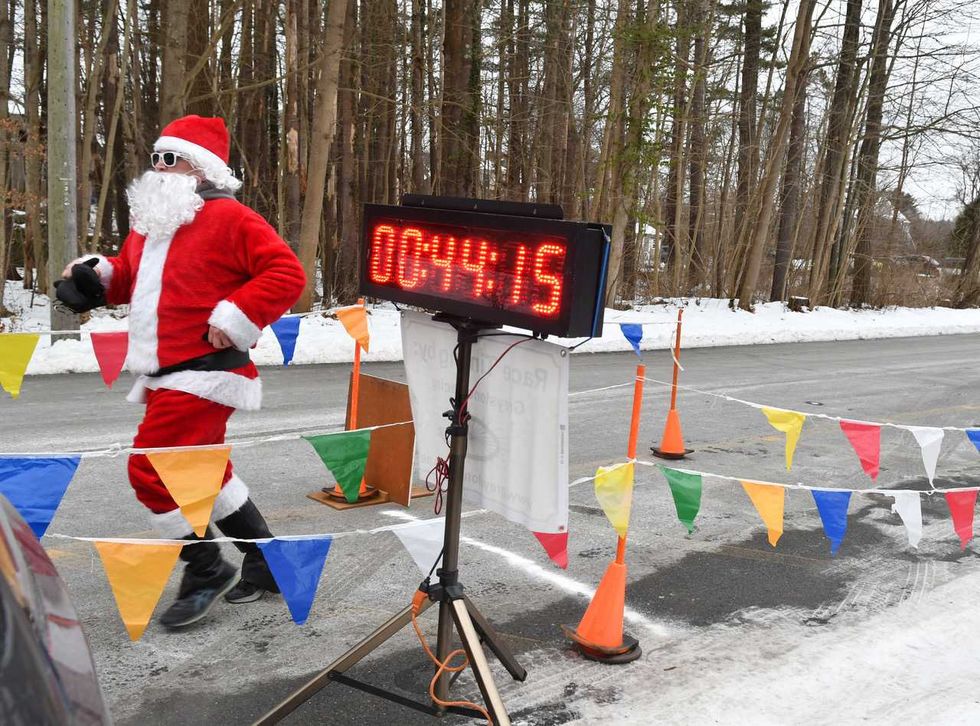
Keep ReadingShow less
loading

